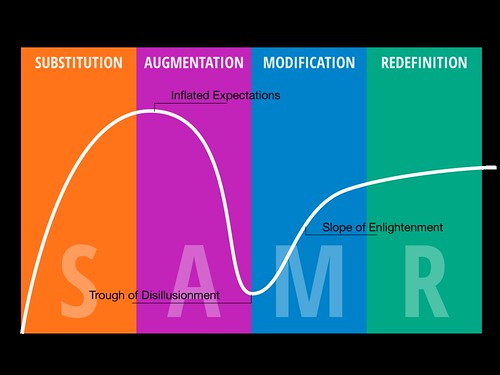A few weeks back I had a chance to hear Dr. Twila Liggett discuss her work in the development of Reading Rainbow. In a wonderful walk down memory lane she described some of the more significant moments in the shows history. She recalled shows about incarcerated parents and a post 9/11 show with students from PS 234 (video below). These are great examples of public television and what it can do to help kids and parents understand the world around them and open up to new ideas, concepts, and events.
Reading Rainbow has since shifted to the iPad in a great App but I would argue that Reading Rainbow and other shows like it (few I admit) are not the format going forward. In this age of interactive cheap media we no longer have to wait for someone else to make shows for us. Any child, teacher, classroom, and school can create their own video, show, or review without needing big budget or complicated equipment. In fact most of us have everything we need in our pocket (smart phone) or at hand (iPad, laptop with webcam).
Liggett remembered these emotional moments and how wonderful it was to be within the doing. All of us can be producing not just consuming. All students can feel the emotional well being of creating together, having an audience, and performing to a potential global audience.
Sir Ken Robinson talked about the incredible feeling of being in the orchestra. The modern tools allow every child to be the star of their local Reading Rainbow like show. In fact maybe the future of such shows is like the present for TED talks with local TEDx. Yes we have the main event, but each school or locality can create their own show in the image of the original.
Dr. Liggett did not draw that conclusion. To be fair it wasn't that kind of an event, she was asked to talk about the past and that she did. It is up to us to seize these lessons from those who have led ed media in the past and make sense of them for our times.
Reading RainbowX challenge anyone?







